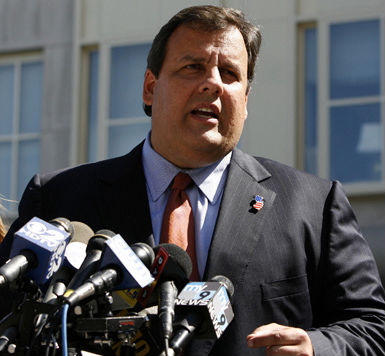Credit rating agency S&P has downgraded New Jersey’s credit rating by one step, to A. The downgrade comes just 5 days after Fitch downgraded the state’s rating.
Notably, the state has been downgraded eight times under Chris Christie, the most under any governor in the state’s history.
Reported by Bloomberg:
The reduction to A, the sixth-highest level, with a stable outlook follows a Sept. 5 downgrade by Fitch Ratings. It gives New Jersey the same general-obligation grade as California, which is on track for an upgrade as revenue exceeds Democratic Governor Jerry Brown’s estimates. Only Illinois has lower ratings than New Jersey among U.S. states.
“New Jersey continues to struggle with structural imbalance,” S&P analyst John Sugden in New York said in a statement today. “The governor’s decision to delay pension funding, while providing the necessary tools for cash management and budget control, has significant negative implications for the state’s liability profile.”
Christie, a 52-year-old Republican in his second term, broke his promise this year to make $2.5 billion in extra pension payments in fiscal 2014 and 2015 to help trim unfunded obligations. He has called for more changes to the plan as costs for employee benefits crowd out other state spending.
[…]
New Jersey’s pension deficit, which reached $53.9 billion in 2010 after a decade of skipped payments and expanded benefits, fell to $36.3 billion with Christie’s changes. It then grew to $47.2 billion in 2012 as he made only partial contributions.
For fiscal 2014, which ended June 30, Christie contributed $696 million, less than half the planned $1.6 billion. Superior Court Judge Mary C. Jacobson, ruling in Trenton on June 25 in a lawsuit filed by state worker unions, said Christie was within his power to reduce the payment because he faced a fiscal emergency.
All three of the major rating agencies – Fitch, Moody’s and S&P – have downgraded New Jersey’s credit rating in 2014.

